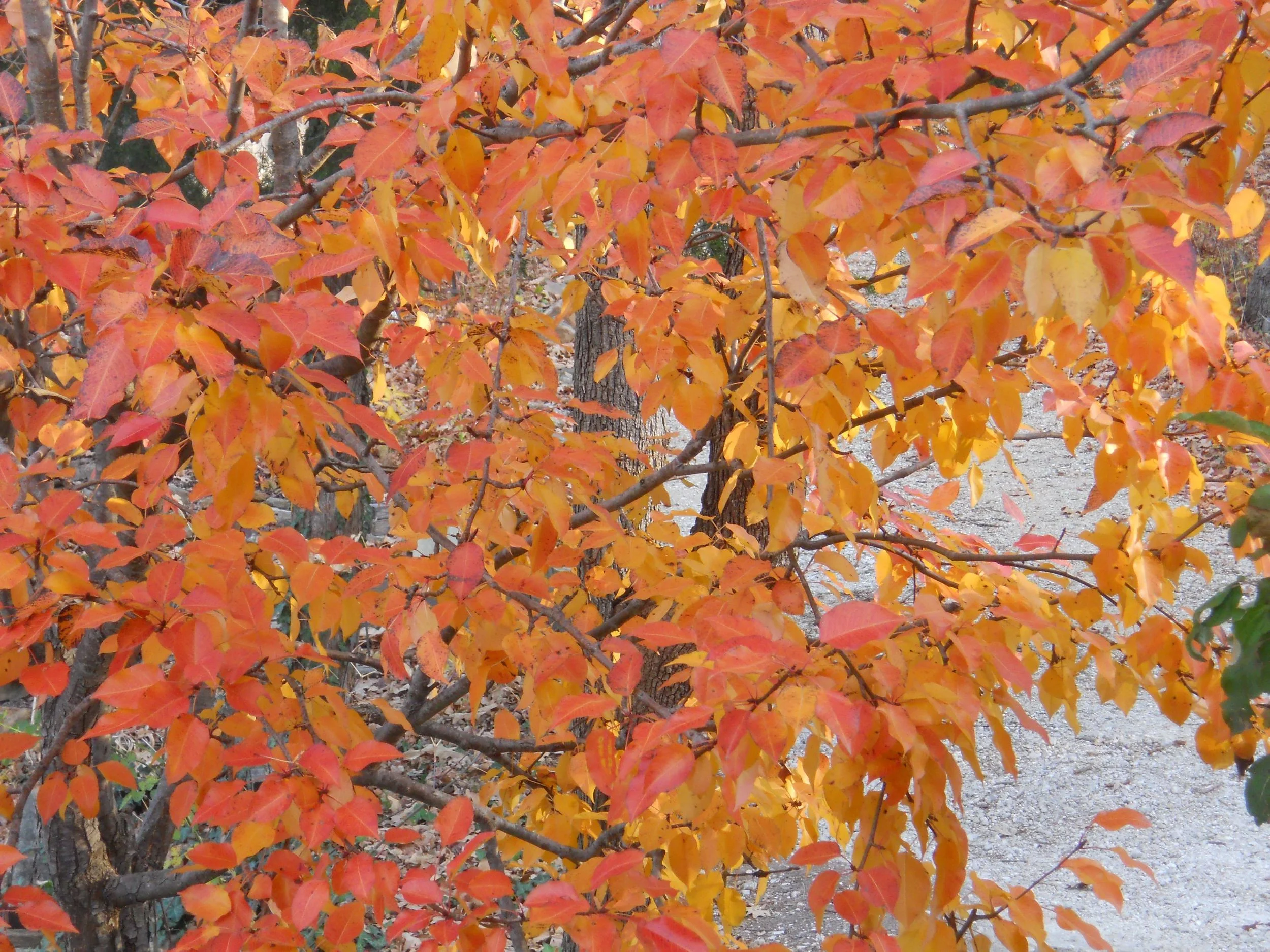Best Place for Native Seedlings
/This flowering dogwood was a seedling given away several years ago at a local hardware store for National Arbor Day. I didn’t count on the nearby bridal veil overtaking the seedling so give your seedlings plenty of room to grow. By purchasing from George O. White State Nursery, you know you are getting the native species as opposed to hybridized species.
Best Place for Native Seedlings
Ever been given a free redbud or dogwood during Earth Day or Arbor Day? Most likely those tree seedlings were purchased from this unique nursery. I am going out on a limb here, as they like to say, but there is no better place to get Missouri native tree and shrub seedlings than George O. White State Nursery in Licking, Missouri.
The nursery was started by my former employer, USDA Forest Service, to raise native species to restore Missouri’s national forest in the 1930s. Overgrazing, over-cutting and over hunting of Missouri’s forests depleted or exterminated many of the species we take for granted today – wild turkey, river otters, ruffed grouse, even deer, not to mention the millions of trees and shrubs that provide wildlife food and cover.
To restore the wildlife populations, millions of native trees and shrubs were required. It was the mission of George O. White, a US Forest Service forester, to establish the nursery in Texas County.
According to Missouri Department of Conservation, “As a Forest Service employee, White helped establish and operate the nursery. He would go on to organize and direct the Department’s first forestry program, and he became Missouri’s longest-tenured state forester, serving for 21 years. In 1960, the Department renamed the state nursery and dedicated it in honor of White’s commitment to Missouri’s forests and forestry efforts.”
Today the nursery sells off their extra stock to the public in the fall. In the past, the sale started Nov. 1, about the time all of the fall leaves were on the ground, but this year, it was pushed up two months to Sept. 1.
The seedlings are not available for pick up, and shipping, until February but some of the stock sells out fast; ninebark, witch hazel and elderberries often sell out quickly. If the order is not paid for, the stock may be offered back up for sale at the time the plants are scheduled for shipping but I try not to wait too long after the ordering window is open to place my order.
The prices are hard to beat. Not including sales taxes and an $8 handling charge, seedlings can range from 32 cents to 80 cents, depending on how many seedlings you buy, usually in bundles of 10, 25 or 100.
Once you have the seedlings, it’s best to get them in water to keep them hydrated. They can also be wrapped in wet newspapers and placed in plastic bags to keep the roots moist. Phelps County Master Gardeners bought 100 flowering dogwoods for giveaways at the 1st annual spring Growing Green Fair in 2013, wrapped them in wet newspapers and nicely kept them hydrated before the event so I know this works.
The George O. White Nursery catalog is a great free reference for how to plant the seedlings including an easy chart of various land uses. (Photos by Charlotte Ekker Wiggins)
They also offer a wonderful color catalog that provides details on how best to use the various species. A copy was available in Missouri Department of Conservation’s September magazine and you can call the nursery and ask them to mail you one.
You can also download a copy of the catalog here: https://mdc.mo.gov/sites/default/files/downloads/SeedlingOrderForm.pdf
Don’t want 10 of one species? Talk to your friends and consolidate an order, that way you don’t end up with too many plants and too little space to plant them.
Charlotte













